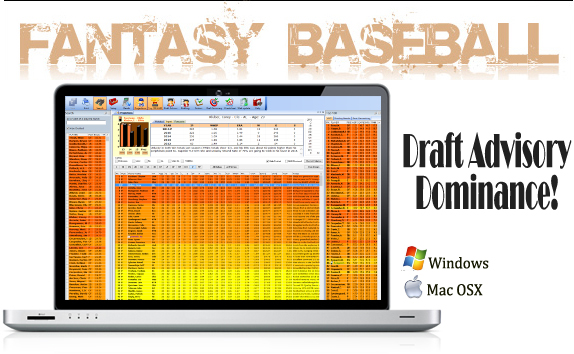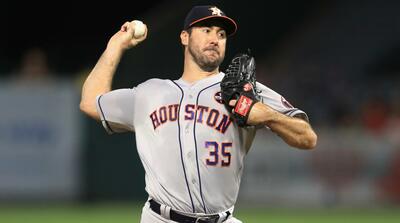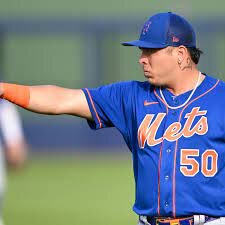The Statcast age is upon us! Baseball stadiums around the league have joined the tech revolution and are filled with high-speed cameras and sensors designed to capture and measure every aspect of America's Past Time. The result? Statistical detail beyond imagine! But like anything, statistics are only useful if applied in the right manner. In the case of exit velocity, or batted ball speed, it's a metric that's easily misunderstood and misapplied. One reason is probably because the actual definition of the metric is both clear and logical:
Exit Velocity (EV) - How fast, in miles per hour, a ball was hit by a batter.
So how can exit velocity be misused? The simple answer is oversimplification. For stat providers and users of the data, using overall averages of statistics is an easy way to aggregate and consume the numbers. Unfortunately, as we all learned in 4th grade, averages can be deceiving, so we were taught to take the mean within the context of the median and mode to provide context to the dataset that would otherwise be invisible to the end user. That's probably fine for 4th grade math, but when handling potentially unusual datasets with extreme outliers - like a baseball player's exit velocity - even the mode or the median can hide the extremes.
Enter percentiles. Instead of merely looking at a mean of a dataset, percentiles along you to better understand the context. For example, when looking at the Nth percentile, you know exactly how many numbers fall above and below the specific percentile you're viewing. For fantasy baseball players, this is important because it could potentially offer a more reliable way for us to measure a player's performance above and beyond the traditional averages we rely upon when opening a player's stat dashboard. This point was recently made and illustrated by Tom Tango, or you probably know him as "Tango Tiger", the Senior Database Architect of Stats for MLB Advanced Media.
#Statcast
-- Tangotiger (@tangotiger) March 9, 2021
For each batter-season, I took their 5% hardest hit balls, and correlated the average exit velocity of these batted balls to the next season wOBAcon. Then I took their 10% hardest hit balls. And so on, and so on.
Best metric would use batters 40-50% hardest hit balls. pic.twitter.com/oyIj80d23t
Fascinating. For years, most of us have assumed that the higher the exit velocity, the better. Conventional wisdom would even suggest that the higher the exit velocity at the 75th or 80th percentile, the stronger the offensive performance will be. This, as we see above, is not necessarily the case. Instead, the best metric for predicting future wOBA is somewhere in the range of the 40th to 50th percentiles. Which then leads to the question - where do the overall percentiles compare to league average exit velocity? Below is answer for the 2020 season:
Below are all batters from the 2020 season with at least 100 at-bats sorted by the variance between their 50th percentile and their average numbers. If you have the SirusXM app, Listen in (on demand) to the Fantistics Insider Baseball Show (March 13th episode).
Note: For easier viewing, hover over the table until a menu appears on the bottom right corner. Click on the square with an arrow pointing towards the top right. This will enlarge the table.
Helping you win your league in 2021:
Fantistics Draft Advisor

































